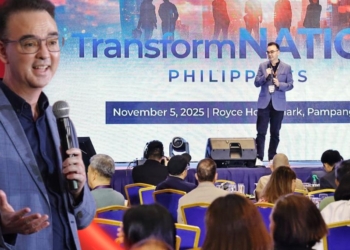The Philippines is on the brink of a digital transformation with the recent passage of the E-Governance Act, which promises to reshape how Filipinos access government services. This landmark legislation aims to move government functions online, making services faster, more efficient, and more transparent. By reducing the reliance on physical paperwork and long queues, E-Governance could make everyday interactions with the government as easy as clicking a button.
Pushed by Senator Alan Peter Cayetano, the E-Governance Act envisions a future where digital infrastructure supports government operations in much the same way physical infrastructure supports roads and bridges. Cayetano believes that in the digital age, opportunities are “almost unlimited,” and the bill seeks to harness this potential to benefit both citizens and businesses across the nation
One of the most exciting prospects of the bill is how it could foster greater citizen engagement. With digital platforms, Filipinos will have more direct access to services and will be able to participate in government processes – from consultations to feedback systems – all online. This could make governance more inclusive and responsive to the needs of the people
The E-Governance also aligns with the Konektadong Pinoy Act, which aims to improve internet connectivity nationwide. Together, these initiatives promise to create a more connected Philippines where geographic barriers no longer hinder access to essential services, especially in rural or underserved areas.
To ensure the safety of online transactions, the E-Governance also includes measures to strengthen cybersecurity, protecting citizens from the growing threat of online scams and fraud. As the country moves toward a more digital government, ensuring the security of personal data will be critical to building public trust and making the digital landscape a secure and effective tool for all.






